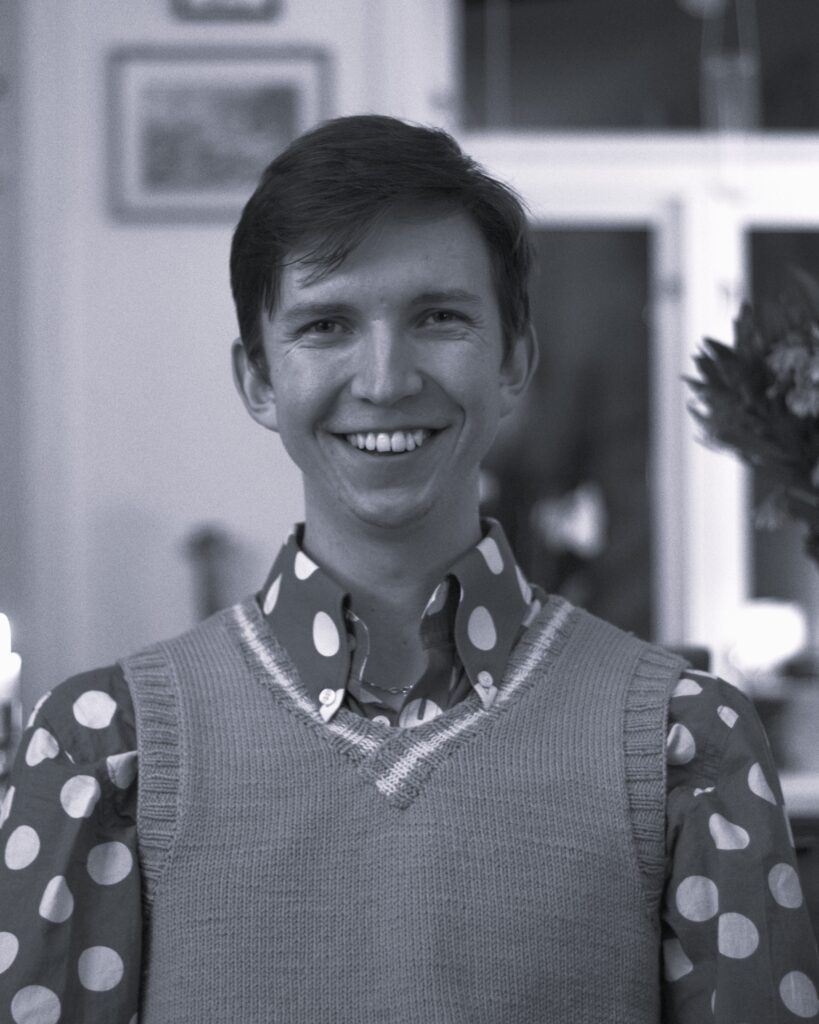
Anders Daltveit Melve joined PoreLab on August 25, 2025, as a PhD candidate on a three-year contract. He is the first PhD student to be recruited under Alex Hansen’s ERC (European Research Council) Advanced Grant project, AGIPORE – A Statistical Mechanics Framework for Immiscible Two-Phase Flow in Porous Media.
The ERC Advanced Grant is a prestigious funding scheme awarded by the European Union to support leading, established researchers in carrying out high-risk, high-reward projects across all scientific fields.
Anders recently earned a Master of Science in Engineering (siv.ing.) in Physics and Mathematics from NTNU. He conducted his Master’s project in the fall 2024 at PoreLab under the joint supervision of Alex Hansen and Santanu Sinha. His project, titled “A Real-Space Renormalisation Group Analysis of the Equal Load Sharing Fibre Bundle Model,” is listed in the PoreLab MSc 2024 report.
During his studies, Anders spent one academic year as an exchange student at the University of Edinburgh. Before pursuing his master’s degree, Anders studied History for one year at the University of Oslo. He also attended a year at Musikkfolkehøgskolen in Viken.
His main supervisor is Professor Alex Hansen and his co-supervisor is Dr. Santanu Sinha
Anders presents his PhD topic as follows:
My PhD project is part of the ERC-funded project AGIPORE: A Statistical Mechanics Framework for Immiscible Two-Phase Flow in Porous Media, a project that aims to develop new and improve current methods to help predict fluid movement across different length scales. This approach is based on information theory and hydrodynamics, and requires the introduction of a type of entropy, the physical interpretation of which will be a central task. So too will the interpretation of several emergent properties that result from the statistical mechanics upscaling. Two-phase flow in porous media is a field of great importance to many diverse applications, including aquifer replenishment and CCS. Accordingly, knowledge of how physics at the pore scale impacts large-scale dynamics will prove very beneficial.
